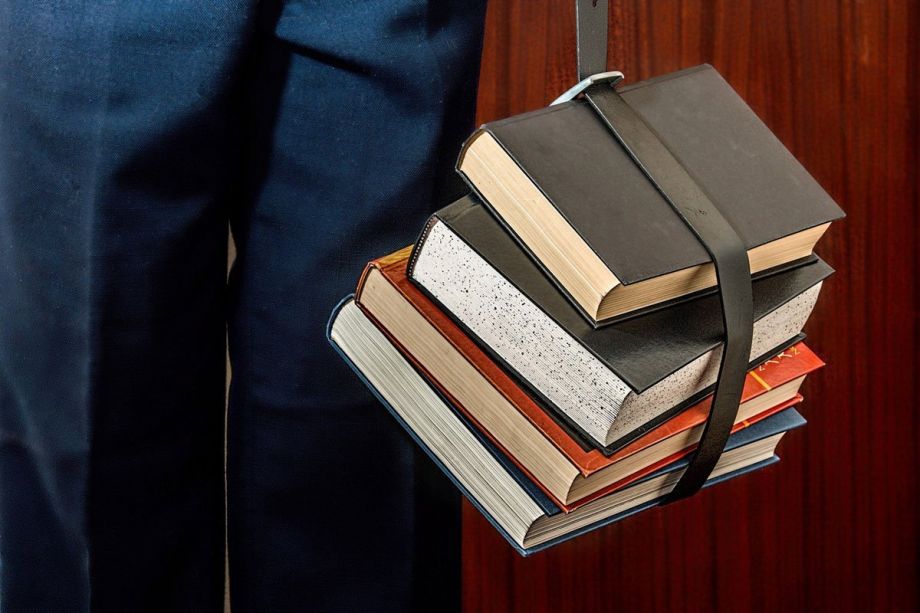
Back to School
The children are getting ready to go back to school and amongst all the excitement may come complaints of pain. Has your child mentioned headaches, neck/backaches, low back pain, muscle tightness or spasms, or tingling in the hands? A recent study by the American Physical Therapy Association reported that over 50% of children are carrying backpacks that are too heavy.
If the backpacks are too heavy or incorrectly positioned, it can force the child backward or to the side. Two reasons for this are carrying the backpack on one shoulder, or having the straps too loose so that the backpack is hanging too low. Uneven distribution can lead to children compensating for the weight by leaning to one side. Shoulder pain may occur when the nerve that supplies the muscles to the shoulder region becomes pinched. This can cause the shoulder blade to wing. Backpacks that are too heavy and/or hanging to low on the back can force the child to bend forward at the hips or arch their back. This can lead to compression of the spine in an un-natural way, distorting the natural curvature of the middle and lower back. This distortion can lead to muscle strain. Both of these scenarios can be a cause of tingling and numbness in the arms and hands, and may also lead to headaches.
A few ways to help limit and prevent problems are limiting backpacks to the essentials, making sure the backpack has even distribution of weight, recognizing the backpack is too heavy, proper sizing of the backpack in proportion to your child’s age and weight, and teaching your children how to pick up the backpack properly by using good body mechanics. Most physicians and physical therapists recommend a backpack weigh no more than 10-15% of the child’s weight.
Consulting your physician or physical therapist can start your child on the right track to a healthy back. Your physical therapist can assess the asymmetry of the musculature and evaluate the source of pain. Treatment can include pain-reducing modalities, correcting the biomechanics of the movements, and exercises to help strengthen, eliminating the asymmetry. Education of the child and parent is always a key to our treatment plans to prevent re-injury.
Article written by Michelle Olson, PT






